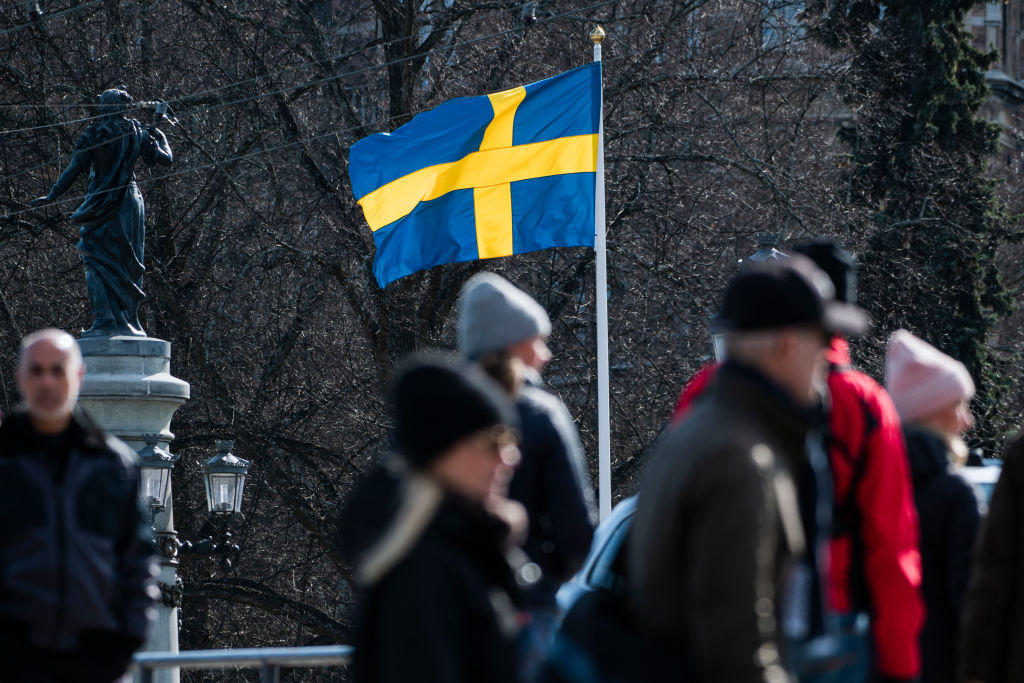
Sweden’s Prime Minister Stefan Lofven rejected criticism of the country’s Covid-19 strategy, amid accusations that the softer lockdown his government chose has resulted in one of the world’s highest mortality rates.
“We’ve followed the same main strategy as others,” Lofven said in an interview on state broadcaster SVT on Sunday evening. “Which in other words means keeping the contagion at levels that the health-care system can handle.”
Lofven said that “it’s too early to draw any definitive conclusions about the success of our strategy,” despite the high death rate. The number of Covid-related deaths now totals 4,874 in Sweden, dwarfing the 597 registered in neighboring Denmark and 242 in Norway.
According to Lofven, Sweden’s excess mortality rate “is normal for the time of year.” He also said methods for tracking Covid death rates vary between countries.
But Sweden’s higher contagion levels have unnerved its neighbors and other European Union countries. As a result, Swedes have been excluded from border openings across the bloc in recent weeks.
Swedish foreign minister, Ann Linde, told local media she’s “genuinely worried” about the future of Nordic relations, given the international travel restrictions placed on her countrymen. As of Monday, borders across the rest of the Nordic region were reopened, leaving Sweden increasingly isolated.
Lofven has faced mounting criticism, after the epidemiologist he entrusted with Sweden’s Covid-19 response acknowledged he’d made mistakes. The development left many bewildered, and a key poll suggested Swedes are losing faith in their country’s efforts to fight the coronavirus.
Jimmie Akesson, leader of the populist Sweden Democrats, last week went as far as to compare the country’s high death rates to a “massacre,” in an interview with the Aftonbladet newspaper. Even so, a separate poll showed that Lofven’s Social Democrats remain the most popular party among voters.
Read More: Sweden’s Governing Party Keeps Poll Lead Despite Covid Criticism
Rather than a failure of strategy, Lofven said increased testing has led to a spike in reported infection rates. “But if you look at people in hospitals with Covid, the number is diminishing, as is the number of deaths,” he said.
More Must-Reads from TIME
- Cybersecurity Experts Are Sounding the Alarm on DOGE
- Meet the 2025 Women of the Year
- The Harsh Truth About Disability Inclusion
- Why Do More Young Adults Have Cancer?
- Colman Domingo Leads With Radical Love
- How to Get Better at Doing Things Alone
- Michelle Zauner Stares Down the Darkness
Contact us at letters@time.com